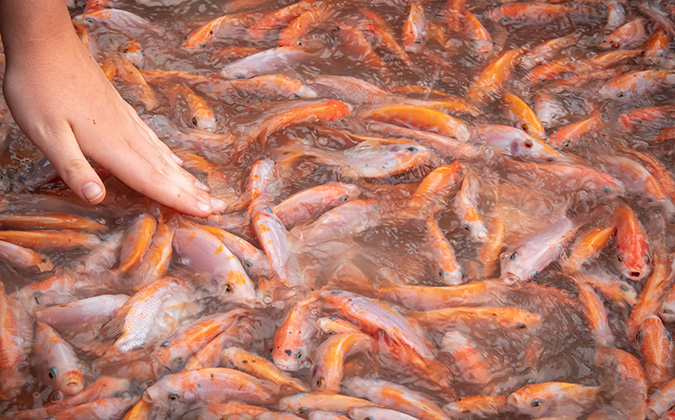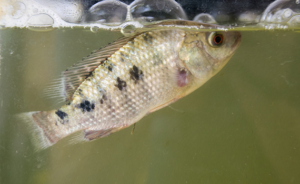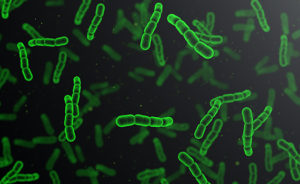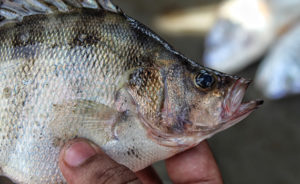Freshwater
Low-light conditions affect tilapia survival and disease resistance
Light can affect the survival, growth and immune response of fish. New research shows that persistent exposure to low-intensity light decreases the survival rate of Nile tilapia but stimulates their disease resistance.
Tilapia strain resistant to damaging virus could help reduce losses
The discovery of a strain of Nile tilapia resistant to tilapia lake virus (TiLV) may prove useful in the fight to reduce the impact of the pathogen, which has emerged in the last decade and can cause extremely high mortalities among farmed fish.
RAS water exchange rates could affect Nile tilapia welfare
Recirculating aquaculture systems (RAS) are often viewed as viable options…
Prioritizing biosecurity can help tame tilapia lake virus
Tilapia lake virus (TiLV) is an emerging threat to tilapia aquaculture, with mortalities in some cases up to 90%. But with a focus on biosecurity, the impact can be considerably lessened.
Genetic technologies helping breed disease-resistance traits in tilapia
Tilapia farming is catching up to the salmon industry in its application of selective breeding to improve resistance against key pathogens, according to a leading geneticist.
Why common bacterium from freshwater fish poses a health threat — and what can be done
Some subtypes of the bacterium Streptococcus agalacitiae, which is commonly found in fish and humans but can turn virulent, are proving a bigger threat to health than others.
Fish health-focused trainings bring growth to Colombian tilapia sector
An innovative project focused on delivering aquaculture skills trainings in Colombia is helping to boost productivity, sustainability and job growth in the country’s burgeoning tilapia sector.
- « Previous
- 1
- 2
- 3
- Next »









